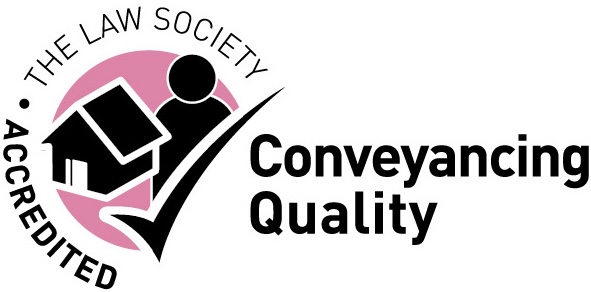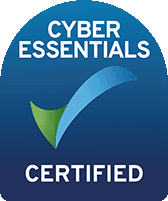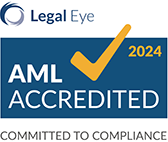What Home Buyers and Sellers Need to Know
When you’re buying or selling a home in England or Wales, one of the key costs you’ll encounter is conveyancing fees. These are the legal fees and associated costs involved in transferring property ownership from one person to another. Understanding how these fees work can help you budget effectively and avoid any unwelcome surprises during the moving process.
In this article, we’ll explain what conveyancing fees are, how they’re structured, what they typically include, and what to watch out for when choosing a conveyancer or solicitor.
What are conveyancing fees?
Conveyancing fees are the charges paid to a solicitor or licensed conveyancer for handling the legal aspects of buying or selling property. This includes tasks such as carrying out property searches, liaising with the Land Registry, managing contracts, and transferring funds.
There are usually two main components to conveyancing fees:
- Legal fees – the professional fee charged by your solicitor or conveyancer for their time and expertise.
- Disbursements – the costs your conveyancer pays on your behalf to third parties, such as local councils, the Land Registry, and search providers.
It’s important to get a full breakdown of both when comparing quotes.
How much are conveyancing fees?
Conveyancing fees can vary depending on several factors, including:
- Whether you’re buying, selling, or both
- The value of the property
- The complexity of the transaction (e.g., leasehold vs. freehold)
- The location of the property
As a rough guide, legal fees typically range from £600 to £1,500 plus VAT. Disbursements can add another £300 to £700 or more to the total cost, depending on the specifics of your transaction.
Online conveyancing firms offer lower prices, but it’s essential to check what’s included and whether the service is suitable for your needs. If you are not confident with predominantly online communication rather than in-person, this service may not suit you. Some low-cost quotes may exclude essential disbursements or charge extra for items you might assume are standard.
What’s included in conveyancing fees?
While every conveyancer structures their fees slightly differently, a standard conveyancing quote should include:
- Legal work: drafting and reviewing contracts, raising enquiries, and advising you throughout the process.
- Searches: including local authority, drainage and water, environmental, and chancel repair liability searches.
- Land Registry fees: for registering the change of ownership.
- Stamp Duty Land Tax (SDLT): completion and submission of the SDLT return if you’re buying.
- Bank transfer fees: for moving funds securely on the completion day.
If you’re selling a property, fees may also include obtaining official copies of the title from HM Land Registry and dealing with your mortgage lender.
Leasehold properties typically incur higher conveyancing fees because they involve additional work, such as reviewing the lease, contacting the freeholder or managing agent, and checking service charges or ground rent arrangements.
Avoiding hidden charges
Not all conveyancing quotes are created equal. Some may appear cheap at first glance but hide extras in the small print. When comparing quotes, always ask for a fully itemised breakdown so you can see exactly what’s included and what might cost more later.
Key extras to look out for include:
- Fees for acting on behalf of your mortgage lender
- Admin charges for processing ID or digital checks
- Charges for dealing with leasehold documentation
- Costs for completing Stamp Duty forms
Reputable conveyancers will always be transparent about their pricing. At LPL, we pride ourselves on offering clear, competitive conveyancing fees with no hidden costs – so you know exactly where you stand from day one.
Why do conveyancing fees vary?
As with any professional service, fees can vary based on the level of service provided, the firm’s experience, and the complexity of the transaction. While it’s tempting to go for the cheapest quote, a property transaction is a major financial commitment. Choosing an experienced conveyancer who provides thorough, efficient service can save you time, stress, and even money in the long run.
It’s also worth noting that more complex transactions – such as buying with a Help to Buy scheme, purchasing new-build homes, or dealing with shared ownership – may incur higher conveyancing fees due to the extra work involved.
Getting the right support
Conveyancing is a vital part of any property transaction, and understanding conveyancing fees is essential to managing your budget and expectations. While it’s natural to want to keep costs down, prioritising experience, communication, and transparency can make a significant difference to your overall experience.
If you’re looking to buy or sell a property in England or Wales, the team at LPL is here to guide you every step of the way. We offer straightforward, competitive conveyancing fees and a high-quality service designed to make your move as smooth as possible.
Get a free, no-obligation quote on our website today and benefit from expert advice tailored to your property needs.


